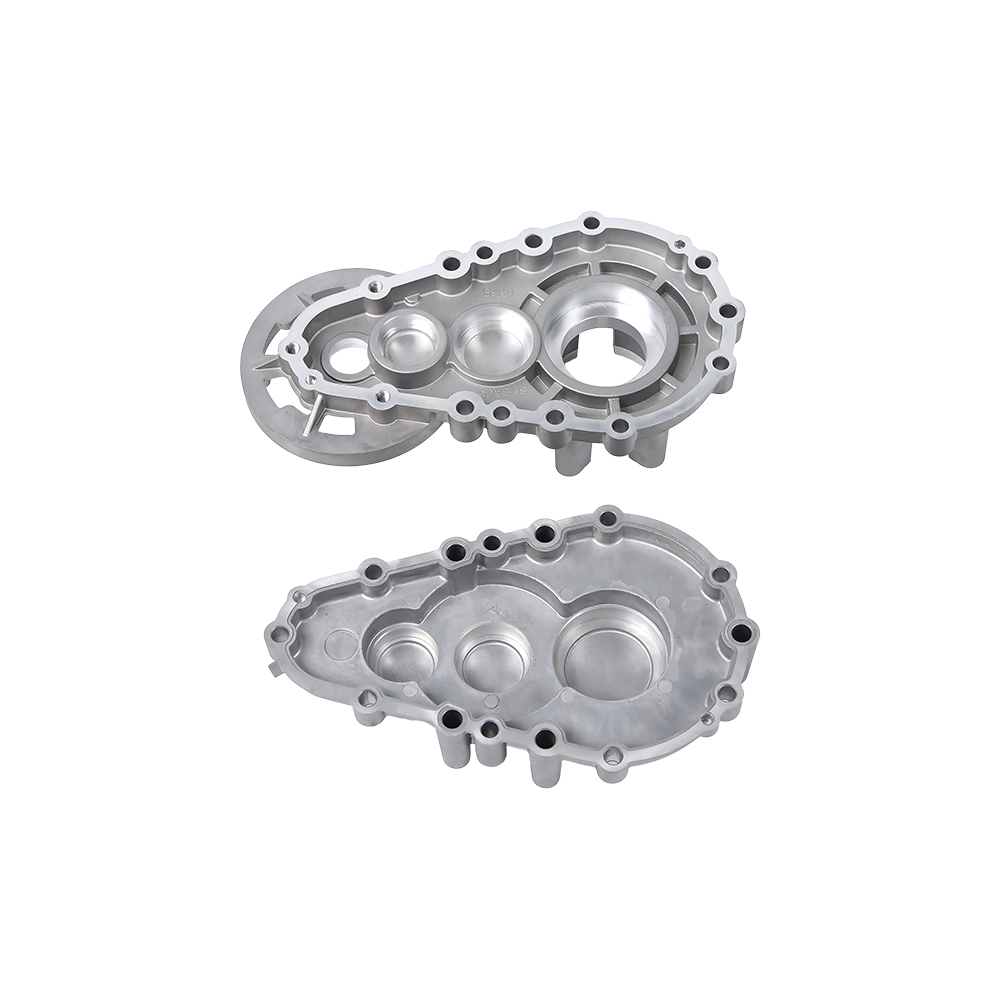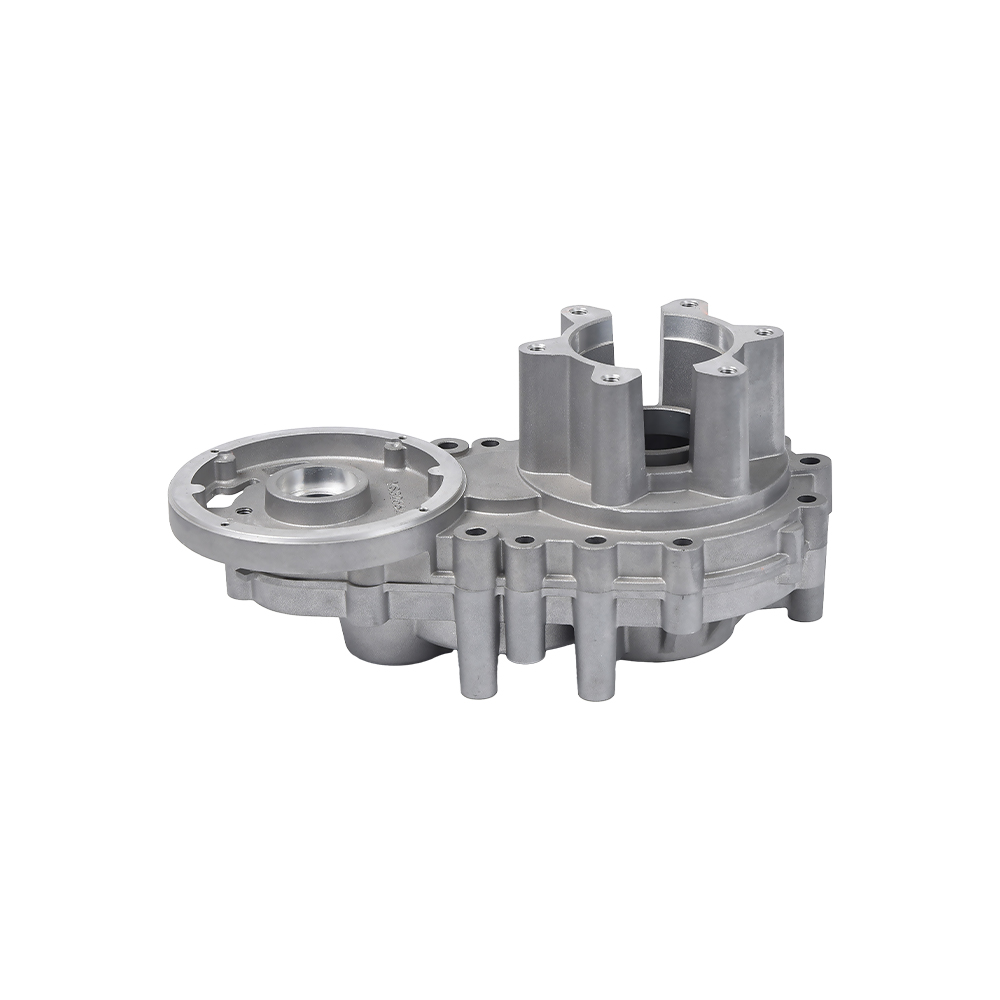The motorcycle crankcase cannot withstand prolonged high temperature operation, and forced operation will cause chain failures. Here are the key points:
1、 Direct damage caused by high temperature
●Oil performance breakdown
After exceeding the upper limit of working temperature, the viscosity of the engine oil drops sharply (oil film becomes thin), and components such as crankshaft bearings and piston rings lose lubrication protection. Metal directly rubs against and strains the cylinder wall.
High temperature oxidation causes oil coking and the formation of paint film, which clogs the oil passage filter and leads to local oil interruption.
●Metal mechanical failure
The thermal expansion of the aluminum alloy box exceeds the limit, causing deformation of the joint surface (such as cylinder gasket fracturing), oil leakage or pressure loss.
The crankshaft connecting rod elongates due to heating, exacerbating the abnormal clearance between the bearing shells, and the abnormal knocking noise indicates that it is about to lock up.
2、 Derivative Failure Risk
●Disassembly of sealing system
Rubber parts such as crankshaft oil seals and valve cover gaskets may harden and crack at high temperatures, causing oil leakage and potential ignition when sprayed onto the exhaust pipe.
Wet clutch oil carbonization, friction plate slippage and erosion produce metallic fishy smell.
●Vicious cycle of heat dissipation
When overheated, the fluidity of the engine oil decreases, the heat dissipation efficiency drops sharply, and the cylinder head temperature briefly exceeds the danger threshold (such as the flashing red light on the instrument panel).
The air-cooled engine further deteriorates due to the accumulation of oil stains on the cooling fins.
3、 Emergency operation principles
●High temperature shutdown standard
If the displayed temperature enters the red zone or if you smell a burnt smell, immediately turn off the engine and stop the vehicle. Do not attempt to cool down by idling.
Push the cart to a cool place and let it sit for at least 30 minutes before checking the oil level (it is strictly prohibited to open the lid with a hot engine).
●Mandatory heat dissipation taboo
Do not splash water on the cooling box! Severe temperature differences can cause aluminum alloys to crack.
To remove the diffuser for auxiliary heat dissipation, it is necessary to ensure that the circuit is kept away from high-temperature components (such as exhaust pipe heads).
4、 Preventive measures
●Environmental adaptability modification
Replace high-temperature resistant fully synthetic engine oil (such as W50) and install a crankcase ventilation cooling pot for cycling in high-temperature areas.
Water cooled vehicles clean the water tank of insect corpses and sediment, while air-cooled vehicles are equipped with auxiliary cooling fans.
●Key points of operation monitoring
Continuously use low gears on long slope roads to avoid high turns and stuffiness (such as on desert roads).
If the water temperature surges on congested roads, turn off the engine in a timely manner.
| Aspect | Failure Mechanisms | Emergency Response | Preventive Measures |
| Lubrication Failure | ️ Oil viscosity collapse → Metal-to-metal contact Carbonized sludge → Clogged oil passages | IMMEDIATE engine shutdown in red-zone temps Never idle to "cool down" | Use high-temp synthetic oil (e.g., SAE 50) Install oil cooler for sustained loads |
| Structural Damage | Aluminum case warping → Gasket/seal blowout Crankshaft expansion → Bearing knock → Seizure | NEVER pour water on hot cases Park in shade → Cool 30+ mins | Inspect mounts/bolts pre-ride Modify airflow (remove cowlings if safe) |
| Secondary Hazards | Burnt seals → Oil leakage → Fire hazard Wet clutch fluid coking → Slippage/stall | Check for leaks/smell after cooldown Tow if milky oil appears | Clean cooling fins monthly Add auxiliary fan (air-cooled engines) |

 English
English русский
русский Español
Español










